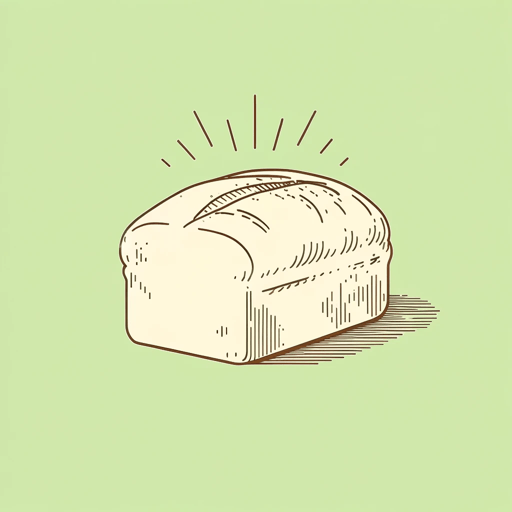36 pages • 1 hour read
Anne HolmI Am David
Fiction | Novel | Middle Grade | Published in 1963A modern alternative to SparkNotes and CliffsNotes, SuperSummary offers high-quality Study Guides with detailed chapter summaries and analysis of major themes, characters, and more.
Symbols & Motifs
The Act of Washing
David remembers that when people first arrived in the concentration camp, “they were quite white and clean all over with no smell about them” (21). This recollection illustrates how ubiquitously and dehumanizingly dirty the camp's inhabitants became. David thoroughly and carefully washes himself and his clothing when he arrives in Italy. After this symbolic act, David feels cleansed of the camp; he feels free. Throughout the story, David equates physical dirtiness with imprisonment and violence, whereas cleanness is associated with freedom.
This symbolism is evident when Carlo beats David. The violence perpetrated against David is reminiscent of the camp rather than his new life, which is characterized by freedom and autonomy; “the boy was just like the guards in the camp” (64). David finds a river to wash himself thoroughly. Only after “all contact with him [Carlo] had been washed away would David be able to feel free again” (64-65).
The Italian Coastline
David sees beauty for the first time and is moved to tears; he decides in this moment while considering “villages whose bright colors dazzled gleamingly” and the trees “with so many changing tints of green,” that life is worth living: “Now that he had learned about beauty he wanted to live” (20).

